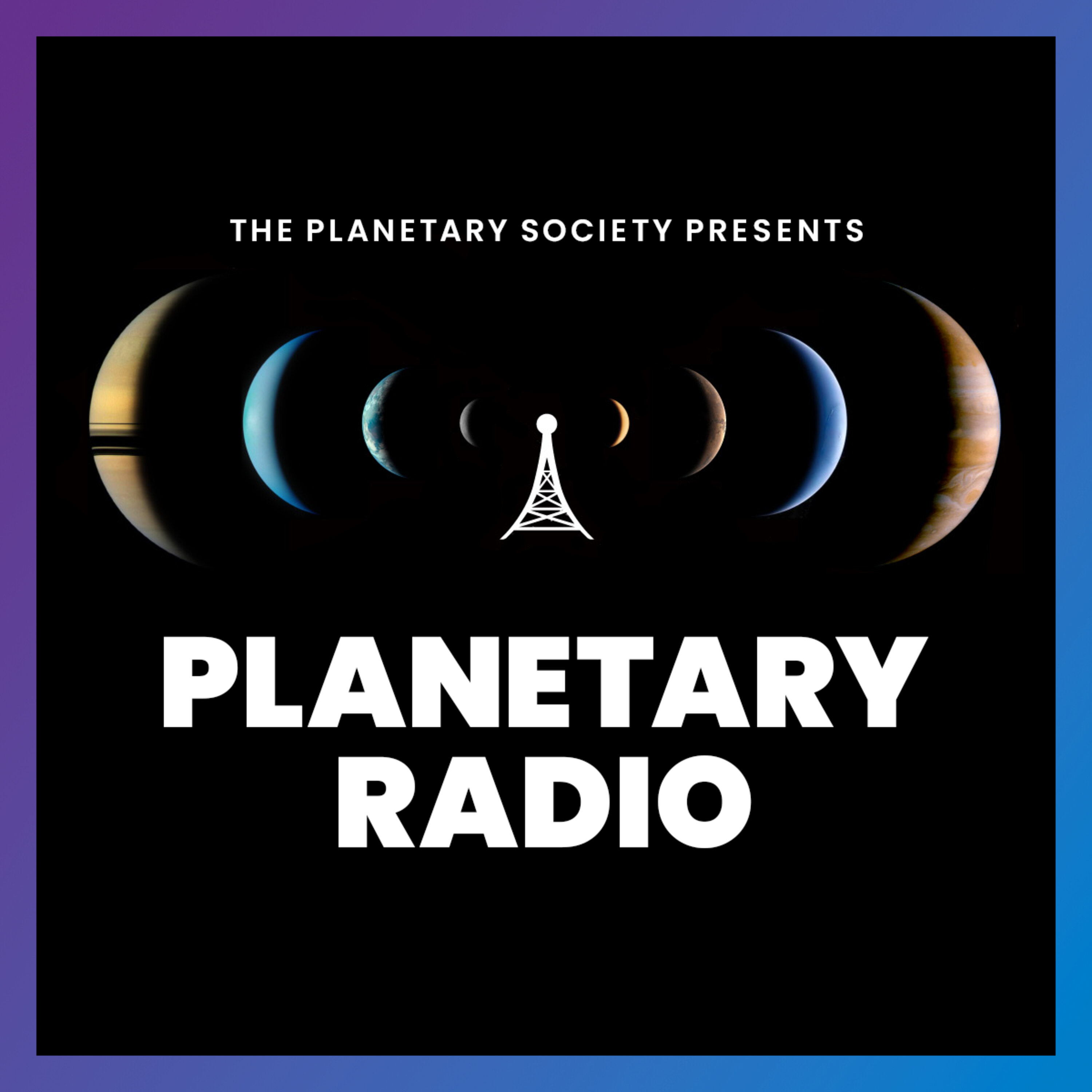
The Giant Magellan Telescope takes its next big step

Planetary Radio: Space Exploration, Astronomy and Science
Deep Dive
- GMT's high-resolution spectrographs will study planets in detail
- GMagAOX instrument will provide unique images of cool, faint planets
- GMT will access cooler, older planets around solar-type stars which are crucial for understanding planet formation and habitability
Shownotes Transcript
The Giant Magellan Telescope (GMT) is poised to become one of the most powerful ground-based observatories ever built. On June 12, 2025, the U.S. National Science Foundation announced that the GMT will enter its Major Facilities Final Design Phase, bringing it one step closer to full construction. This week on Planetary Radio, host Sarah Al-Ahmed speaks with Rebecca Bernstein, Chief Scientist for the Giant Magellan Telescope Organization and astronomer at the Carnegie Institution for Science, about the groundbreaking technology behind GMT and how it will transform our understanding of the Cosmos.
Later in the show, Casey Dreier, chief of space policy at The Planetary Society, returns to discuss his new op-ed in Space News on the White House’s controversial Mars plan, and why a bold vision without political consensus is unlikely to succeed.
As always, we wrap up with What’s Up with Bruce Betts, chief scientist at The Planetary Society.
Discover more at: https://www.planetary.org/planetary-radio/2025-gmt)
See omnystudio.com/listener) for privacy information.